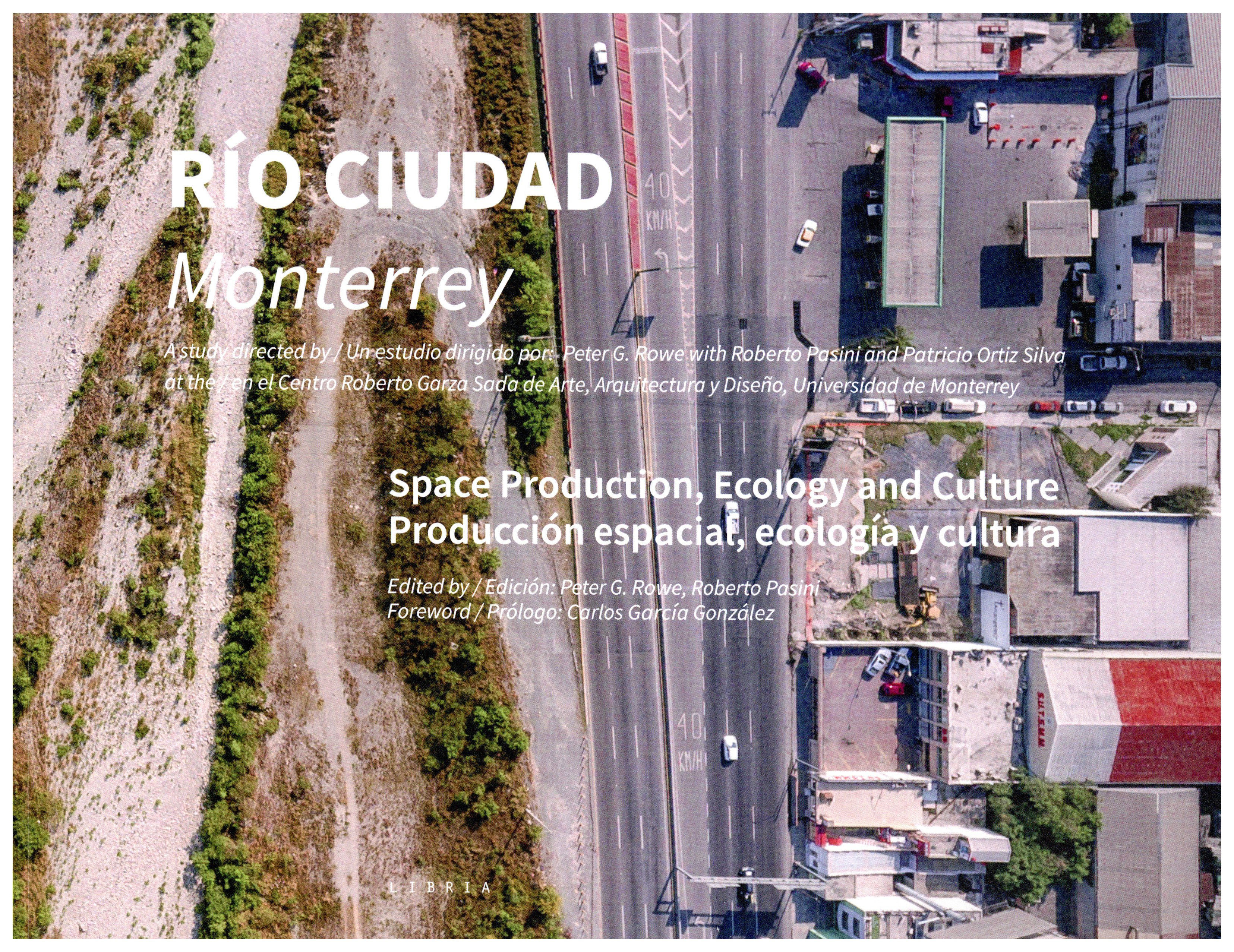Rīo Ciudad, Monterrey: Space Production, Ecology and Culture

Authors: Peter G. Rowe and Roberto Pasini
It has often been said that we make our cities and are made by them in turn. Likewise, there is usually a unique reciprocity between cities and the rivers that flow through them. Among the many precedents, for instance, can be found the Medillin River and the city of the same name in Colombia; the Trinity River in Dallas, USA; the Seine in Paris; the Tiber in Rome; and the Manzanares in Madrid. Here, the Santa Catarina River in Monterrey is no exception. However, today it is regarded largely as a flood control channel and the subject of disastrous flood events. Nevertheless, this need not be the case as this volume intends to demonstrate. Here the river corridor is redesigned and re-imagined as a substantial armature for urban redevelopment and heightened civic and recreational identity for the City of Monterrey, Mexico.
What follows is documentation of an interdisciplinary design studio conducted at the Roberto Gaza Sada Center of the University of Monterrey involving a selection of students from architecture, industrial design, and the new Sustainable Innovation in Energy Engineering program (IIES). Essentially, the studio addressed the status of the Santa Catarina River in the city and the appropriate sustainable relationship between these two entities. It also envisaged implementation of upstream flood mitigation, alongside public open space provision. It also entailed projection of merging of ‘city and river’ as a unique cultural and environmental entity. Moreover, it was particularly this cultural dimension that needed to be addressed in order for the river and its surroundings to become part of the collective imaginary and identity of Monterrey.
Following an introduction, the publication is organized into three broad sections, each corresponding to a segment of design studio activity. The first concerns characterization of Monterrey and the Santa Catarina River, large parts of which were undertaken by IISE students. The topics covered, among others, were: flood control, wastewater treatment, air quality, heat island effects, energy recovery and ecological performance. The second section presents four proposals, each by an interdisciplinary group comprised of students from the three programs. The final section presents conclusions from the studio work largely in the form of a summary of specific benefits. It also lays the foundation for taking concerted and implementable action for turning the Santa Catarina River into a vibrant and vital focus of urban life and identity for Monterrey.
Topics: Monterrey, Mexico, Santa Catarina River, Cultural Identity, Environmental Performance, Urban Design Future, Urban Identity